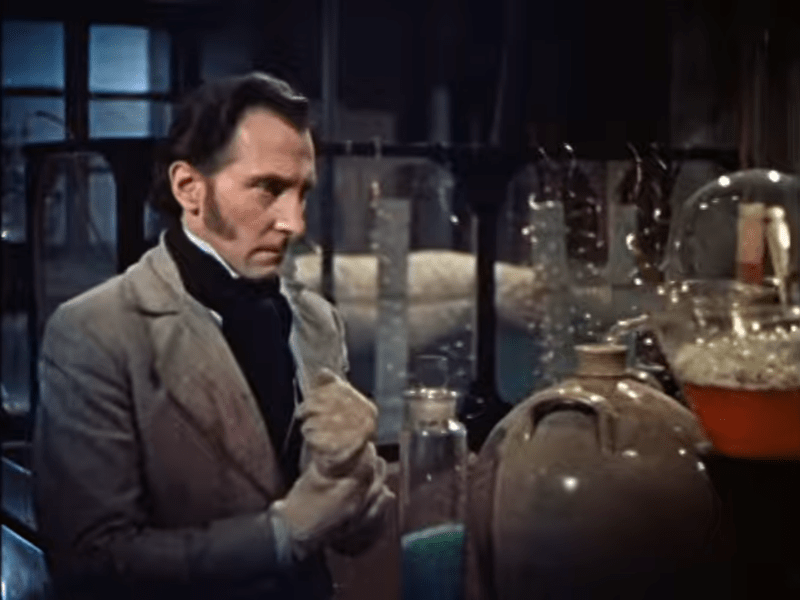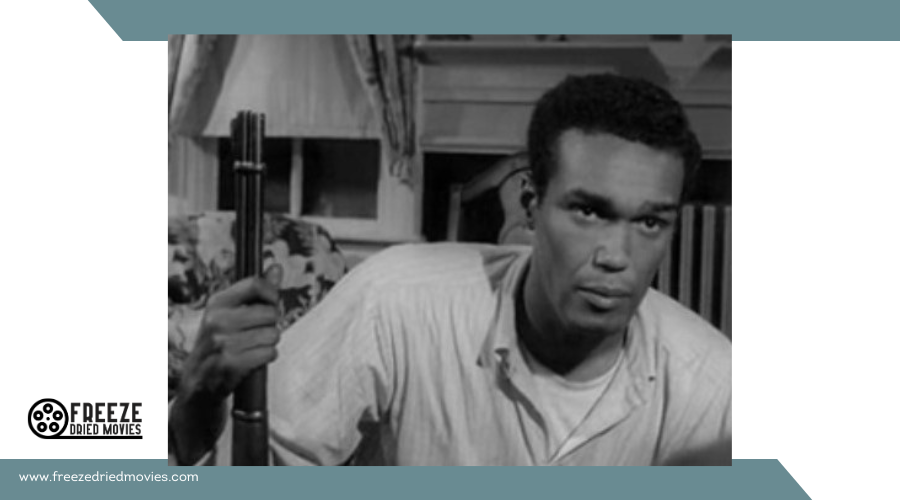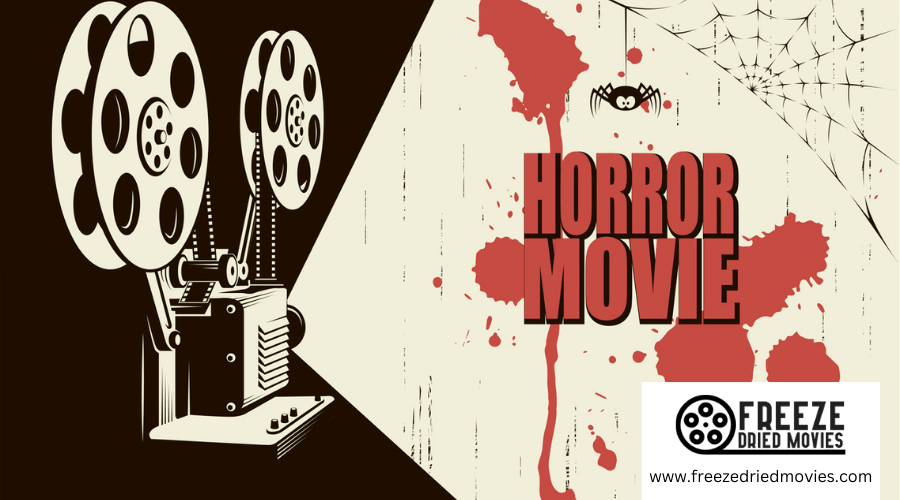Mad Scientist Movies: Top 10 Thrilling Lab Experiments Gone Wrong

Mad Scientists in Film
Mad scientists have been a staple of cinema since its early days. These characters often push the limits of science and ethics, leading to thrilling and sometimes horrifying results on screen.
Dr. Frankenstein is one of the most famous mad scientists in movie history. His attempts to create life from dead body parts have been depicted in many films, from the 1931 classic to more recent adaptations. These movies explore themes of playing god and the consequences of unchecked scientific ambition.
Time travel is another popular theme in mad scientist films. The Back to the Future trilogy features Doc Brown, an eccentric inventor who creates a time machine out of a DeLorean car. His wild-haired appearance and manic energy have become iconic representations of the mad scientist archetype.
Some mad scientist characters take a darker turn. Dr. Jekyll's experiments to separate good and evil within himself result in the monstrous Mr. Hyde. This story has been adapted many times, examining the duality of human nature.
Invisibility is a power that tempts many movie scientists to cross ethical lines. In The Invisible Man, Jack Griffin's experiments with invisibility drive him to madness and violence. The inability to be seen proves too much for his psyche to handle.

Zombie films often feature mad scientists trying to reanimate the dead. The Re-Animator movies take this concept to gory extremes, with a medical student using a glowing green serum to bring corpses back to life with disastrous results.
Not all mad scientist movies are serious horror tales. Young Frankenstein parodies the genre with comedic takes on classic monster movie tropes. The absent-minded professor in Flubber creates bouncy green goo, leading to slapstick hijinks rather than terror.
Mad scientists appear in many forms across different genres. Action movies may have them as criminal masterminds building doomsday devices. Science fiction films often feature scientists whose creations spiral out of control, like in Jurassic Park. Even family films use the trope, with characters like Dr. Robotnik serving as colorful villains in the Sonic the Hedgehog series.
The settings for mad scientist stories vary widely. Gothic castles and dark laboratories are classic backdrops. More modern tales may use high-tech facilities or secret island bases. Some films transport mad scientists to unusual locations, like tropical islands or even outer space.
B-movies embraced the mad scientist concept with low budgets and over-the-top plots. Films like The Wasp Woman took ideas from bigger productions but added their own campy flair. These cult movies often featured outlandish creatures or improbable scientific concepts.
Body horror is a subgenre that mad scientist films helped pioneer. David Cronenberg's early works like Shivers and The Brood use grotesque physical transformations to shock viewers. These movies tap into primal fears about losing control of one's own body.
The motivations of cinematic mad scientists range from noble to twisted. Some genuinely want to help humanity but go too far. Others are driven by ego, greed, or a desire for power. The best mad scientist characters have complex reasons for their actions that viewers can understand, even if they don't agree.



